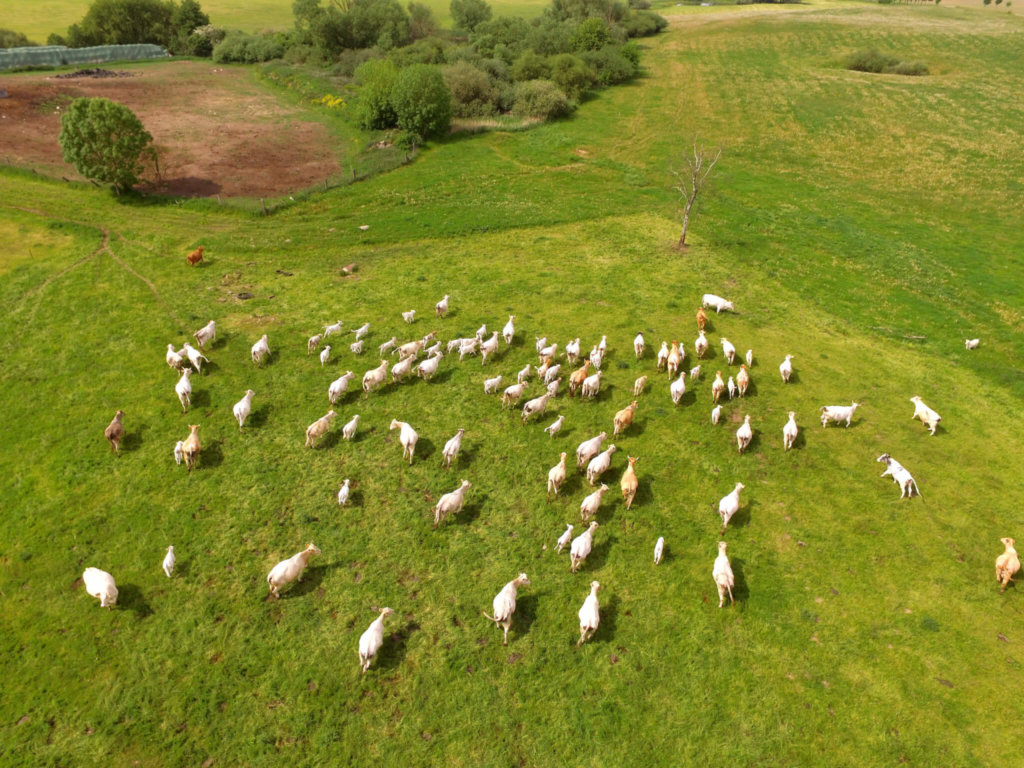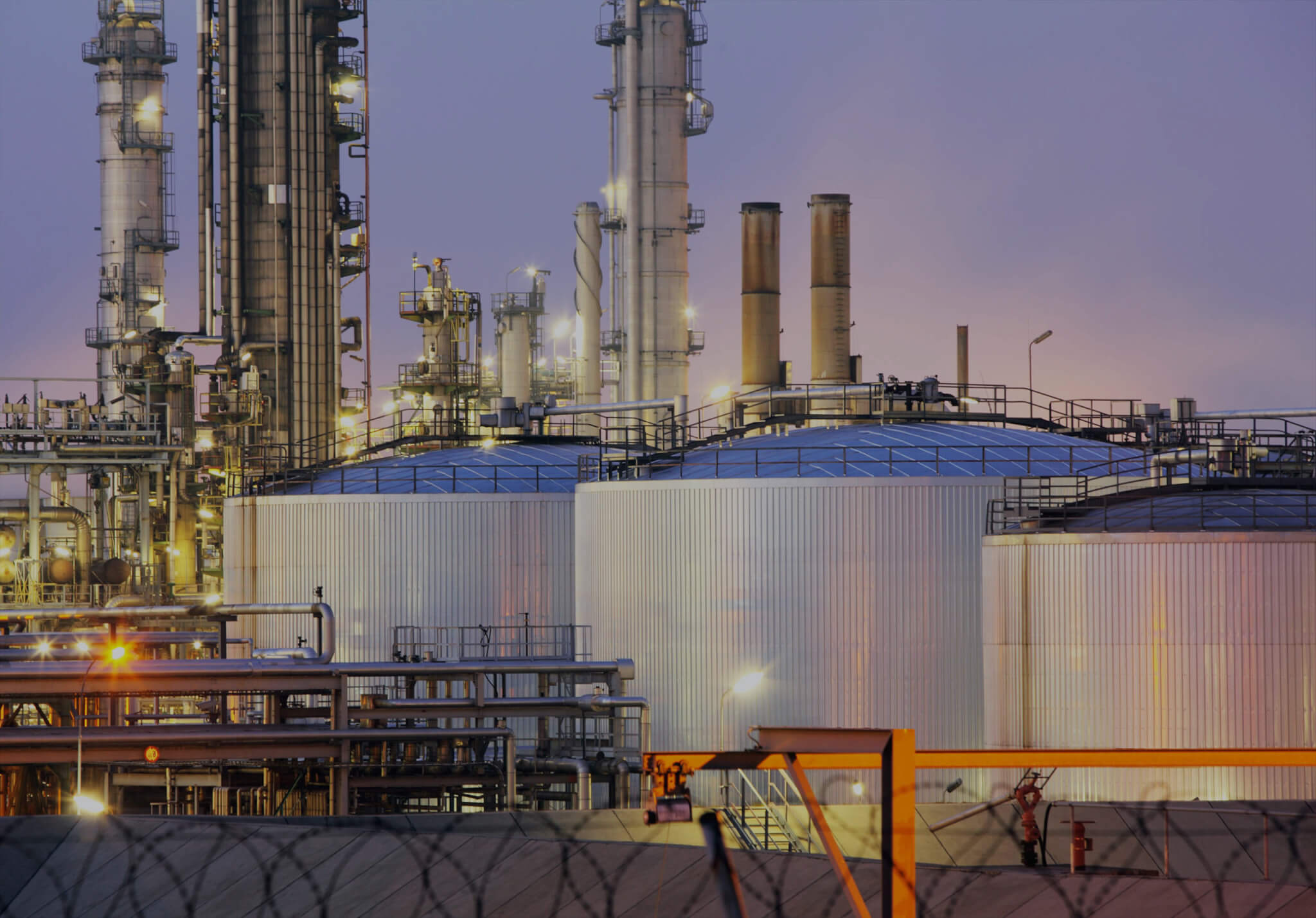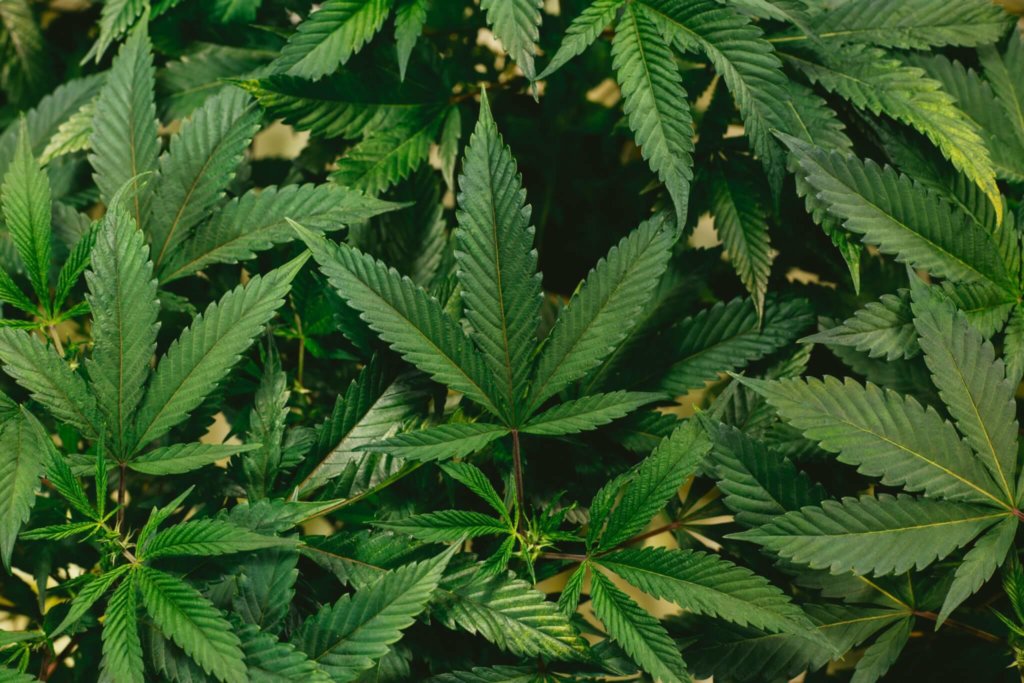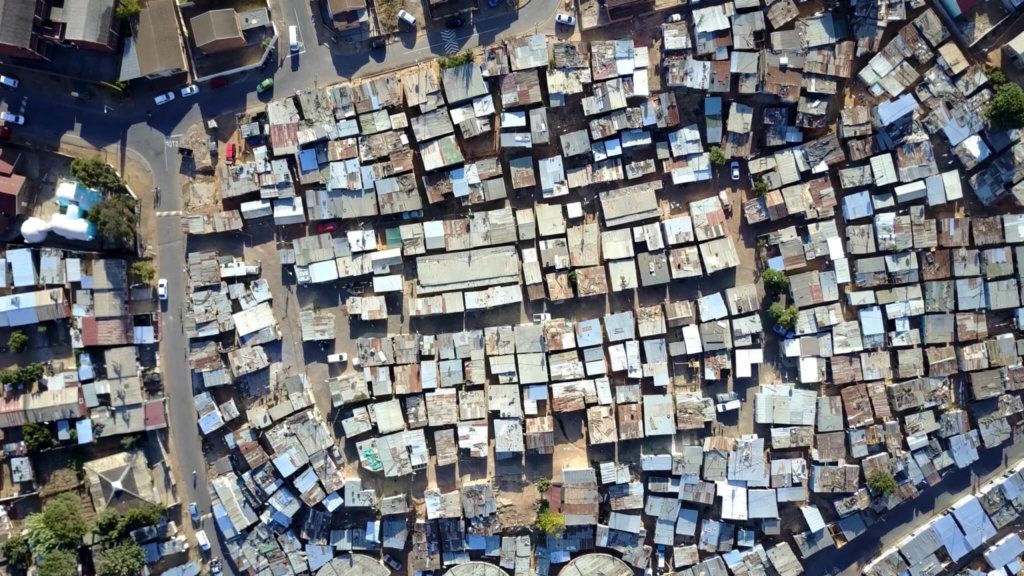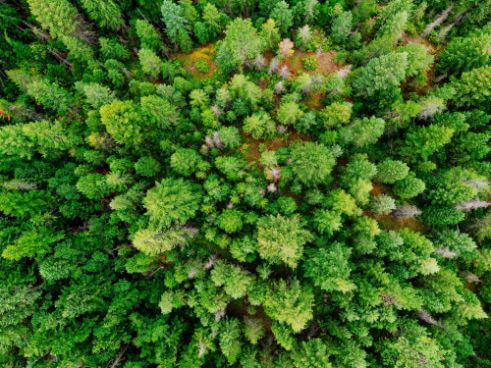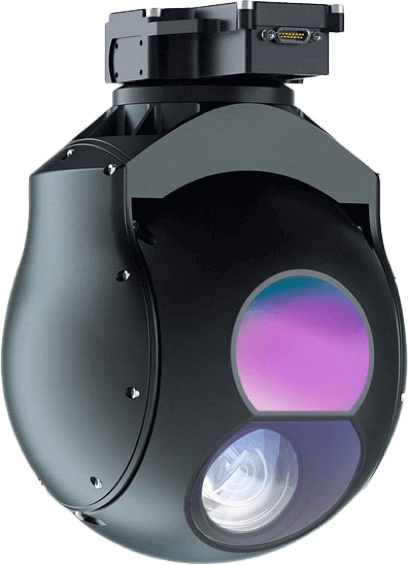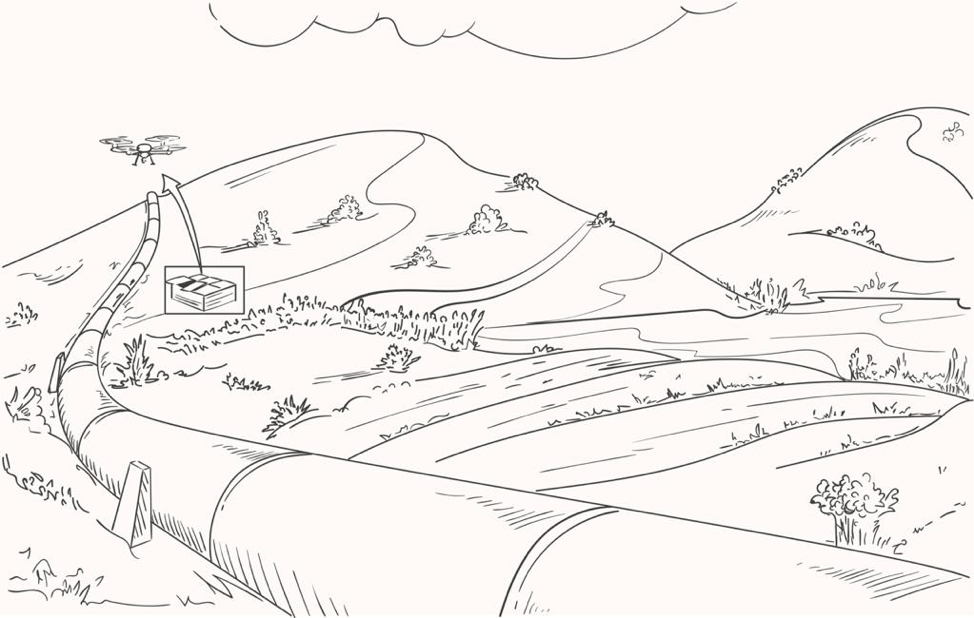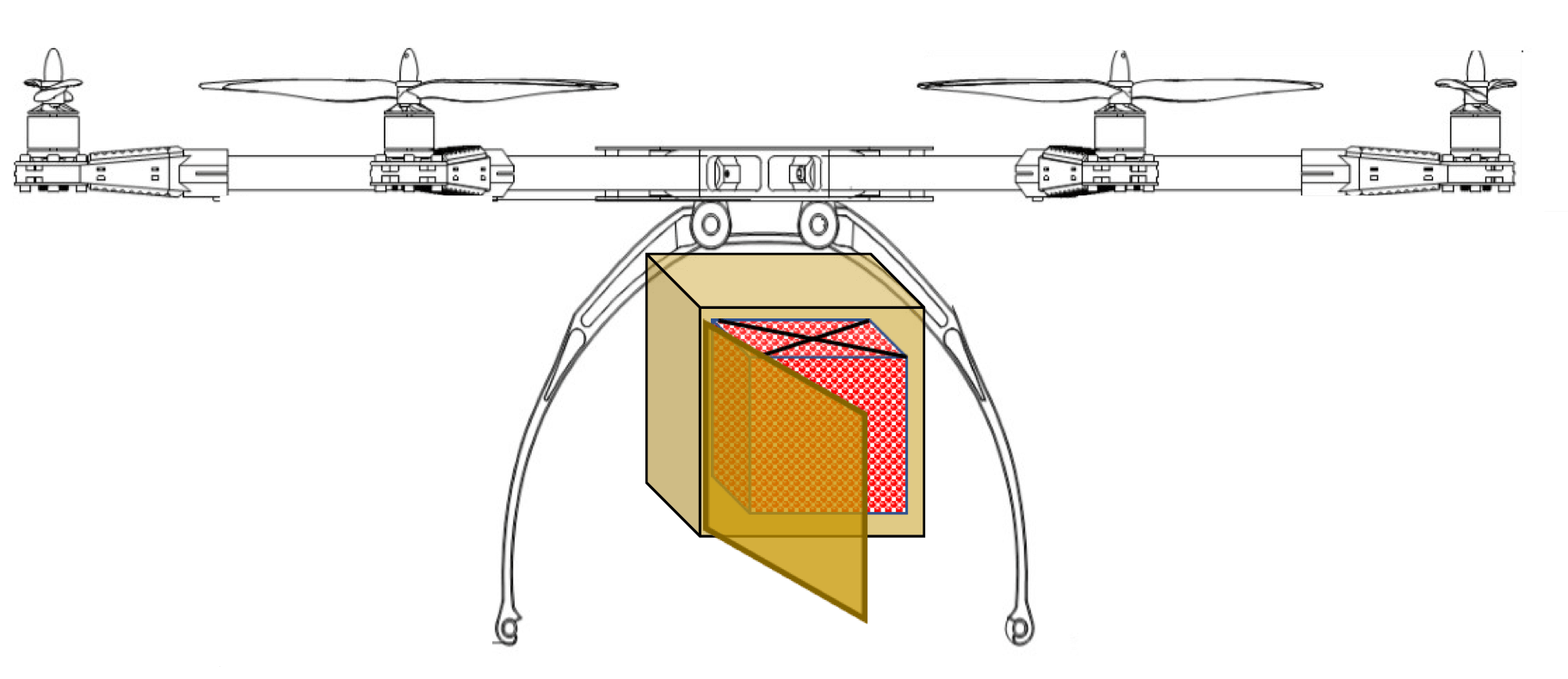Cattle rustling is the IDEAL USE CASE for the AERIAL and MOBILITY ADVANTAGES drones provide. Stock theft happens in more remote areas where access and monitoring is more difficult for terrestrial based operations. Here obstacles can obscure line of sight, whether by foot or vehicle and line of sight. It is a worldwide problem but in particular in Latin America in countries such as Brazil and Uruguay.
Cattle production in Latin America.
Brazil was the largest beef exporter in the world in 2020. Followed by Australia, the United States, India and Argentina (Source: Statista).
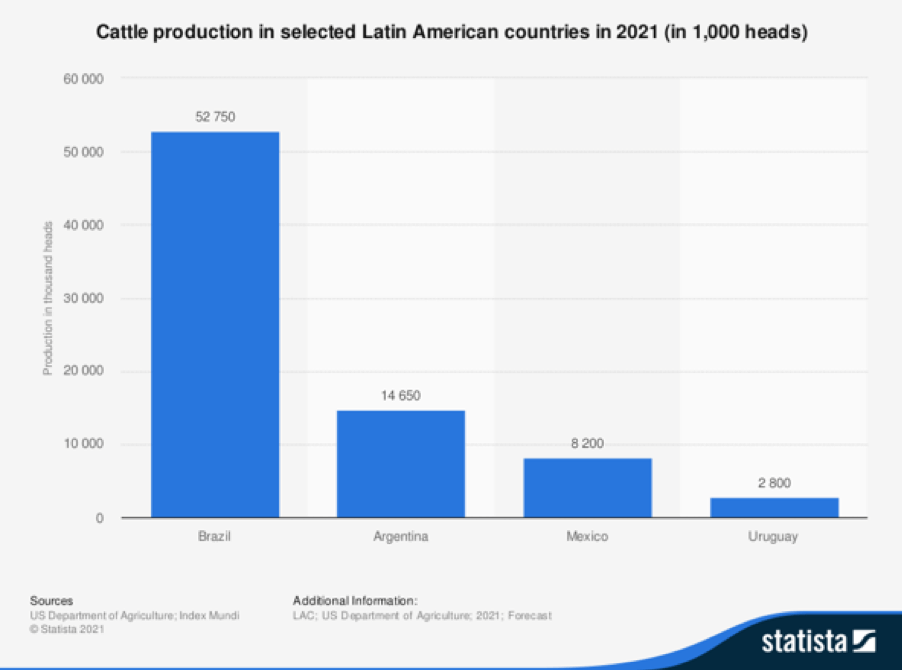
Cattle Rustling or Stock Theft
Cattle rustling is no longer a form of rural petty theft or a cultural practice but has become fully fledged organized crime committed by international drug cartels and criminal networks. Typically, 10 – 60 heads of cattle stolen per incident which, at about $2500 per head, equates to $25000 – $150,000 per incident. Well worth investing for.
“Traditionally, small-scale stock theft was a way of balancing community wealth and power, but crime and capitalism have commercialized this practice, making it a significant economic threat worldwide.”
Stock theft in Africa
The practice has caused many deaths among rural communities and security forces in Kenya and South Sudan.
- Uganda: 400 head of cattle stolen by rustlers from Kenya responsible for increased cattle rustling causing the death of several people and the theft of thousands of head of cattle.
- Kenya: supply stolen beef to meat markets is worth about US$500-million.
- South Sudan:
- 42 people were killed and 78 wounded in Bieh State and more than 100 head of cattle stolen.
- 11 herdsmen were killed and 7 wounded, 400 cattle stolen in Jonglei State.
Stock theft in Latin America
Cattle rustling has a long history in Latin America. In the 19th century it was even employed as a form of rural protest against social inequality.
Cattle are often trafficked to neighboring countries where prices are higher. And therefor found in borderlands, such as between Costa Rica and Nicaragua, and Uruguay and Brazil.
- Nicaraguan National Police Commissioner announced more than 100 cattle rustling gangs had been dismantled in the first six months of 2013.
- Bolivia: $2 million cattle is reportedly stolen each year.
- Colombia: in the first half of 2013 almost 1,300 head of cattle were stolen.
About 1.5 million head of Mexican cattle enter the United States each year. A recent trend is to insert drug-filled condoms anally into cattle to smuggle the product along with the cattle.
Methods
RFID chips and GPS
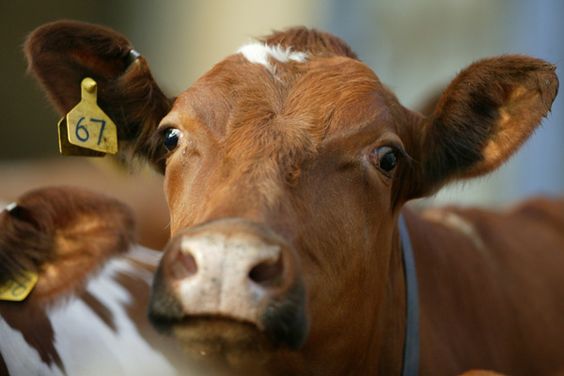
RFID chips and GPS have become popular with livestock farmers where the RFID chips are put inside animals for tracking in case of theft.
- However, some cattle thieves have learnt to use jamming equipment to block their emitted signals.
- The other problem is that some areas are so far flung that they are GPS deprived and animals cannot be located.
Fortunately, the advent of drones makes it possible for the farmer to now search over thousands of hectares of lands making the task of finding cattle much easier.
Satellite and cellular tracking
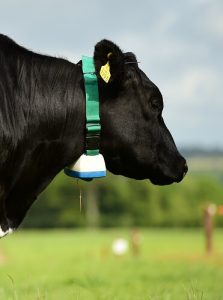
More advanced systems operate through ‘GPS’ and ‘Satellite tracking’, providing early theft warning as well as ‘Geo-Fencing’ of any unusual cattle behavior to which a Drone can then be deployed for aerial surveillance.
This system can operate in areas with or without cellular coverage and is easy to install and operate and its uses 50 grams’ receiver that collects ear tag transmission from up to 400 meters. It uses Bluetooth connectivity between the receiver and smartphone, practically.
Operationally, this system based on satellite collars when is no cellular coverage and on cellular collar when cellular coverage exists,
Thermal cameras
Thermal imaging sensors have the ability to detect the location of cattle across a broad range of landscapes. Which could pose a challenge for both human eyes and ordinary cameras. This is because thermal images can see through opaque objects like trees or bushes even if it is in the middle of the night.
Population growth
As global population is projected to reach over 9 billion by 2050. Agricultural consumption will increase by a massive 70%. This raises the question how to meet the growing demand for food.
With over eight billion human mouths expected to be fed by the year 2030, humans have their limits; they cannot work 24 hours a day to oversee thousands of acres of farmlands and produce more food.
Technology to the rescue
Drones, with artificial intelligence (AI), are now mainstreamed for smart farming. This will assist farmers in a range of farm management tasks. And proving to be a force multiplier of limited resources.
The sizes of farms vary, for example in Uruguay:
- small family farms average 231 acres;
- large family farms average 1,421 acres and the
- very large farm average acreage is 2,086.
- Uruguay has about 44,890 farms with a median farm size of 361 hectares or 892 acres. The cattle carrying capacity of farm land is about 1.5 acres per head.
Key drone performance metrics to combat cattle rustling
Average drones speeds
There are some long range drone manufacturers that produce drones that can achieve 60-80 minute flight times with 30 minute outbound flight times. A select few long range specialists that can muster a 60 minute out bound flight time.
Strike range
- At a speed of 60km/h, a 30min outbound flight provides a strike rage of 30kms which covers 2600km2, or 260,000ha
- At a speed of 80km/h a 30min outbound flight provides a strike range of 40kms which covers 5000km2, or 500,000ha
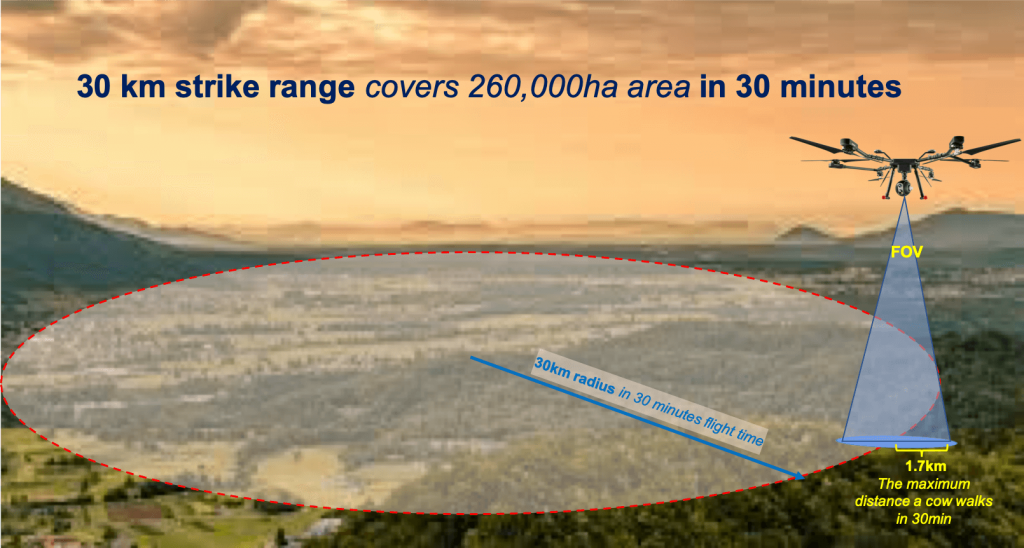
Patrolling distance
- At a speed of 60km/h a 60-minute flight time can patrol a 60kms perimeter of 225km2, or 22,500ha
- At a speed of 80km/h: a 60-minute flight time can patrol a 80kms perimeter of 400km2, or 40,000ha
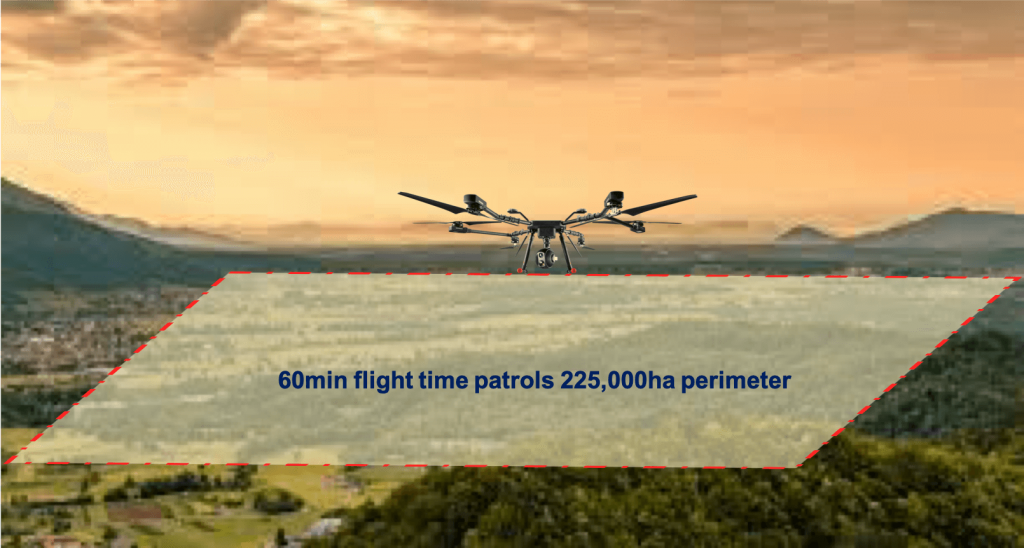
Cows
- Have a walking speed of 3.4km/h which means they can travel 1.7km in a 30 minutes response time
- Have a running speed of 40km/h which means they can travel 20 km in a 30 minutes response time
Initial Observable Span / Swathe of UAV sensors
The power of the sensor determines the observable span / or swathe which is a combination of:
- Resolution – how far it can detect a human target: which is roughly:
- 2 kms for HD (High Definition) Zoom,
- 700m for IR (Infra-Red) and
- 1 – 2 km for SAR, (Synthetic Aperture Radar)
- 400m for RFID reader
- and vertical FOV (Field of View) which can be in the region of 450 for IR, 630 for HD Optical.
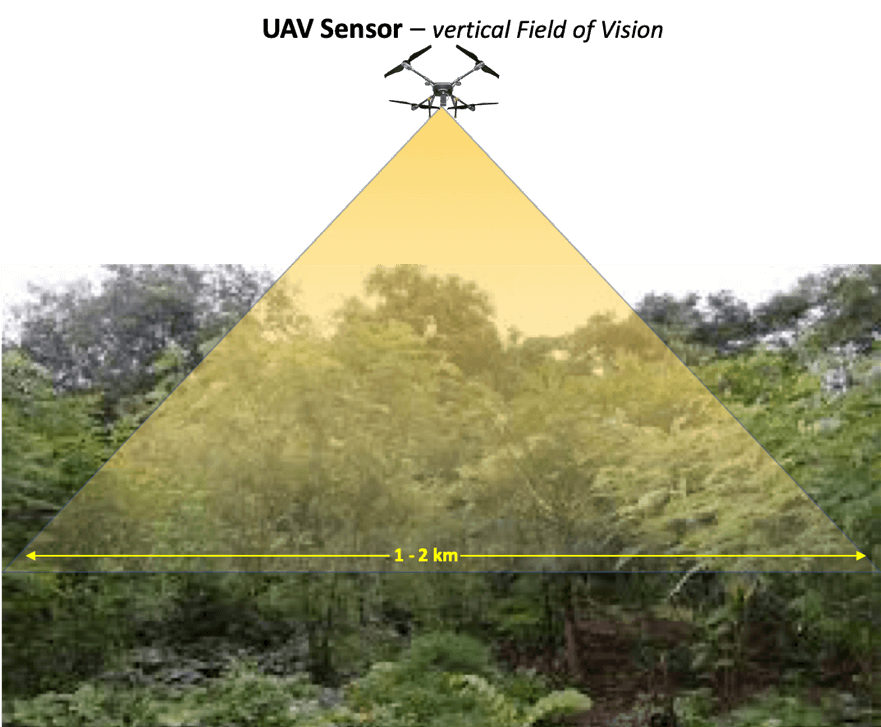
Depending on which sensor (IR, HD Optical or SAR) is in use. A field of vision area between 1km in diameter to 2km across is observable when arriving at the initial point of detection.
“Producers need to take control of their own destiny in relation to livestock theft, as one of the biggest myths in the criminal justice system is that the police are able to prevent crime.”
Farm Drone capabilities to combat cattle rustling
The appeal of these systems is that they can cover large areas. It can provide GPS location as well as visual information. As well as produce a low-noise footprint, which does not scare the animals. Drones can:
- reducing numbers of security personnel required for surveillance, without compromising on their current security systems.
- For recourse; drones positively help livestock farmers in multiple ways. Including policing of stock theft.
- Drones carry multiple camera types or sensors. With which they provide accurate and complete information. Thereby reducing stock control time and costs. Including collecting data from active transponders embedded in livestock;
- perform surveillance of large spaces, even during night hours, and monitor the position and movement of livestock. Resulting in an aerial overview of the area in which they keep their livestock.
- Thermal imaging and high definition cameras allow farmers to track and monitor their livestock remotely. Identifying any issues in real time. Thus enabling them to resolve issues quickly and efficiently.
- It is common for farmers to use GPS to track their stock. But they are still physically go to the animal to inspect it, so this method isn’t as efficient as it could be.
- All the above takes place at a much lower cost than for traditional methods;
Force multiplier
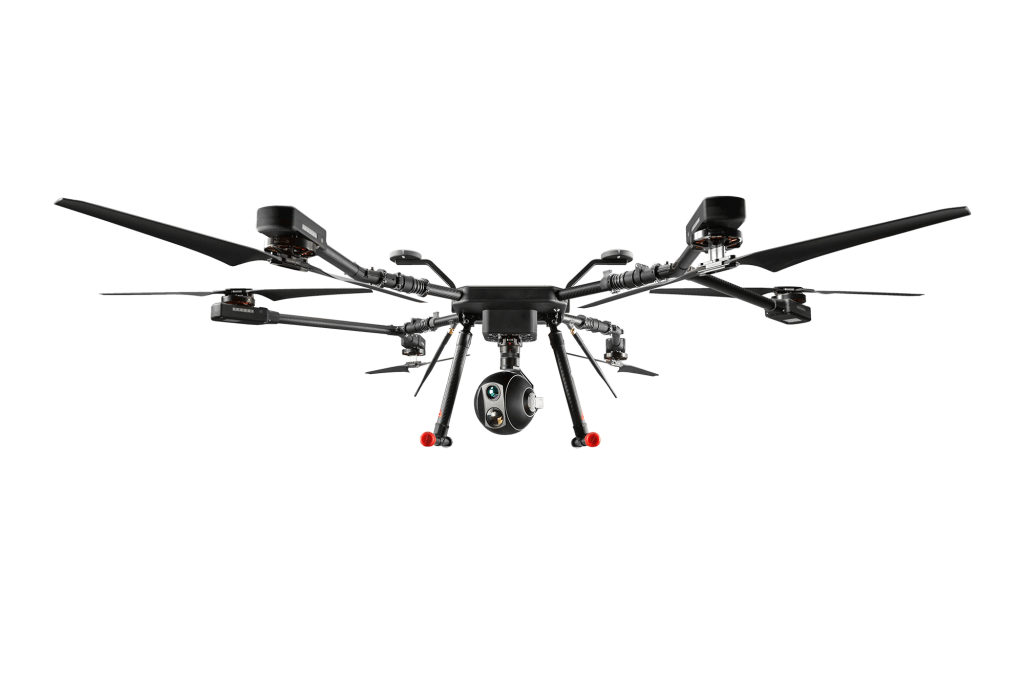
“Force Multipliers are tools that help you Amplify your effort to produce more output”
THE PERSONAL MBA
MASTER THE ART OF BUSINESS
by Josh Kaufman,
Drone technology can save time and money in the livestock farming sector. Getting from checkpoint to checkpoint on a farm is time consuming. In particular when it comes to surveying perimeter fences and hotspots.
Thus, the UAVs, or drones, can assist security teams on farms in saving time and resources. A drone can fly the perimeter and flag problem areas that require intervention by your security team.
Sending reaction units to problem areas, only when the need arises. This therefor will reduce the number of vehicles you need on the plot.
As with any security and surveillance operation, reducing response times is equally crucial when it comes to reducing livestock theft. However, drones can assist rural livestock farmers with the following advantages:
Advantages
- taking over perimeter and fence surveillance;
- locate the positioning of, and monitoring of livestock movement;
- investigating problematic areas or hotspots;
- also retrieve additional information about the livestock covering rugged terrain over shorter period of time;
- reducing the number of on-site patrolmen and vehicles required
- reduce dependence on human capital with the investment spend on a drone is a once off expense
- no labour matters as is the case with human capital.
- security personnel are human. They get tired or can be distracted from their task. Fortunately, drones are programmed to do exactly what you want it to.
“One thing is clear; this equipment is far from cheap. This is exactly how to regard it. As an equipment that form part of the farming enterprise’s management tools, more than just a toy.”
Dr. Witness Maluleke: The use of drones in policing stock theft by the selected rural South African livestock farmers.
Journal of the Social Sciences · October 2020 (Researchgate)
